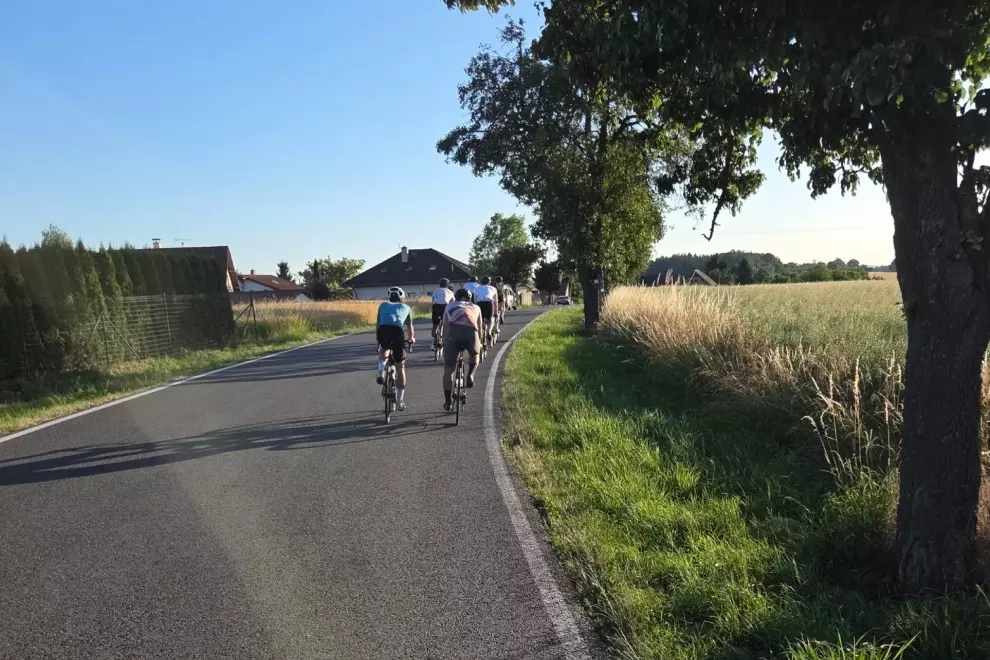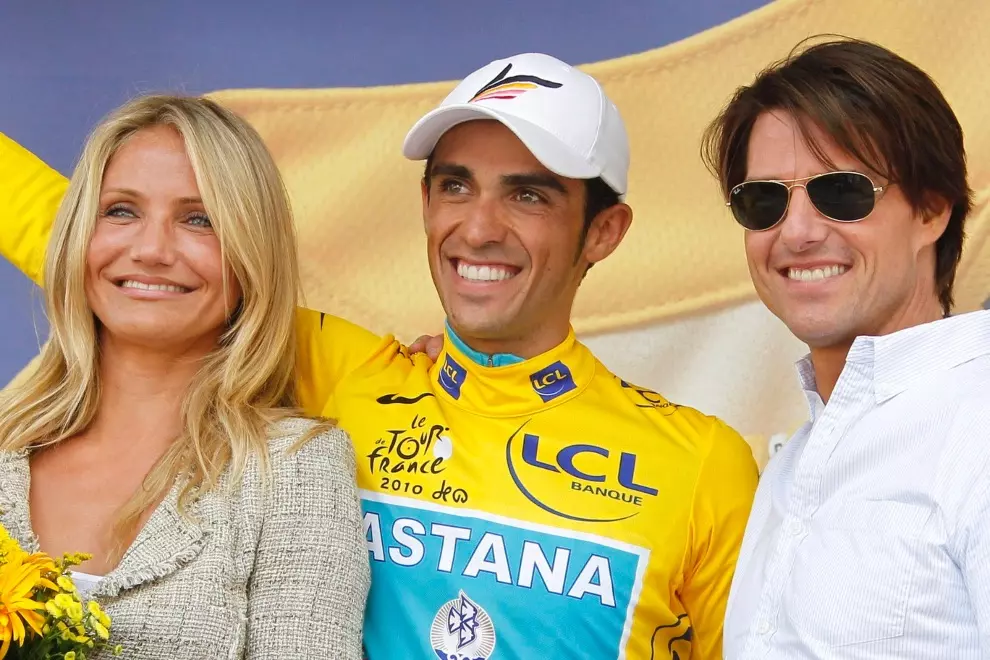This sounds simple enough, but just how easy is it for a games company to create something that will look and, more importantly, feel like the real sport? We went on a mission to find out.
The company behind the game is Cyanide Studio, a French organisation with 15-20 members of staff working on each iteration of the game. One of those at the heart of the game is game designer Clément Pinget, a cycling enthusiast himself, who is key to the output PCM has each and every year.
First, we discussed how long it takes to put the game together, to create a product that improves each year, whilst satisfying the passionate PCM community.
Clement explains: “August and September are the months where most of the important new points emerge, the ideas, the important feedback from the previous edition, the big meetings with the development team.
“Then during October, we start the development of the features until March.
“April and May mark the start of a long sprint, where we can debug, polish the game or make small changes. Some late data (last jerseys, production of stages, etc.) arrive also at this point.”
The game is released each year around the Tour De France, for obvious reasons. The race generates a lot of coverage, something Cyanide Studios are quick to pounce on, announcing their new project.
On their 2021 version, their headline feature was the addition of echelons – one of cycling’s most entertaining and dramatic racing environments. But just how hard is it to put something so fluid and unpredictable into a video game, whilst remaining realistic? Clement had the answers.
He explained: “I’d say that most of the time, it’s more difficult than easy because there are always surprises, side effects and things like that.
“Adding features around something which already works fine can break the balance, especially in the race part.
“For echelons, it mostly depends on defined areas in the maps. First we set a list of several stages that would get ‘big wind areas’.
“It also depends on the dynamic of the race – something we cannot really control – who is in front, who is dropped – a bit like in reality. Sometimes you have that big leader missing in the first echelon, and that gives extra motivation for other teams to push full gas, and sometimes you just don’t have the same story for any reason.
Those narratives that we see throughout the sport are crucial within PCM to make each player feel immersed within their game. Speaking about that realism, Clement added: “I’d answer maximum difficulty, nearly always, because what feels realistic often matches with tons of parameters, but that’s a game, not a scientific experience, so you have to think about the balance when designing a feature.”
Those parameters can be anything from rider transfers, climbing statistics to applying an energy gel at the right time. Each separate entity has to be thought about, with any slip affecting that immersion. But, as Clement suggests, this is still a game and they have to strike the right balance.
https://www.instagram.com/p/CQtcM_8Liof/
Clement continues: “The classical trap is to say: ‘let’s make the thing super realistic, take into account all the parameters and it will be fantastic.’
“Sorry, no it won’t because you’ll have an out-of-control monster.
“I think the key is to find the right balance, being ambitious, smart, but you have to bear in mind that it’s a game and that often the best is the enemy of the good.”
The people judging the game the most, and the ones that can help shape it, are members of the aforementioned PCM community – a group of gamers who are arguably the most invested in it.
One of these is Benji Naesen – a YouTuber with more than 14 years of experience with PCM. He has a following of more than 12,000 subscribers, so has a well-rounded knowledge of both the game and how it is designed, also assisting with the game in previous years. In this year’s game he has been managing Eolo-Kometa, and although he feels the game makes racing realistic most of the time, there is still room for improvement.
Speaking about this new feature of echelons within the game, he gave his thoughts: “In general, I am always excited by the list of features they will bring into the game that will be added. But when it initially arrives on your doorstep, it looks quite good, but once you delve deeper and look into the echelons… it’s a preset moment in the race when the wind starts picking up significantly and you can see when that is going to start in the race.
https://www.instagram.com/p/CNkYeU7rhlN/
“It is also a consistent wind speed throughout that type of sector, which is kind of unrealistic in my opinion. In the end it’s still the case. The problem is that not only can you put people on the front to put pressure on other people, it seems the competition – the other riders you are playing against – automatically starts riding worse.
“It’s certainly not an ideal system and it is easily exploitable. That’s the same for a lot of features in the game.”
For Benji, with the game being the only one of its kind too, it can be a limiting factor on each iteration’s improvement on its previous version. Benji adds something that was echoed by Clement: “They can’t seem to introduce a big new feature because they know it would be a much bigger investment because they need to fix things from the past to make that happen.
“I think that is a big issue when it comes to introducing new features, but it’s also the reason why things they introduce now have issues or bugs in them and it’s unfortunate for the player.
“I get that it is hard to invest in a game that is so niche, but on the other hand you are going to lose your community and the interest in the video game. If it wasn’t for the community who are making things better, then probably half the community would have left already. There is a love-hate relationship because this is the only cycling management game out there.”
https://www.instagram.com/p/CU9yz38rj1d/
But Benji also understands the opportunity this game has given him. From 2022, along with his work on other cycling projects, like the Lanterne Rouge Podcast, he will be going full-time as a content creator – thanks in part to his relationship with PCM.
“As a consequence of making these videos, we started a cycling podcast with a fellow YouTuber [LanterneRouge), and it’s running quite well. We reach 50,000 people with each episode – it shows that there is opportunity out there in the cycling world. I feel like people who were once involved in the PCM community are now in the cycling industry.
“It’s noticeable that our people are now involved in the cycling world and that gives motivation to people who think they are spending their time unwisely playing video games but in the end it can get you places.”
Finding that fine line between creating a game and creating a real-life simulation will always be a tricky balancing act for Cyanide Studio. And although they are catching up with the real world, creating a game that YouTubers like Benji are able to replicate and build their own narratives in, work still has to be done to give every game the immersive feeling they crave.




